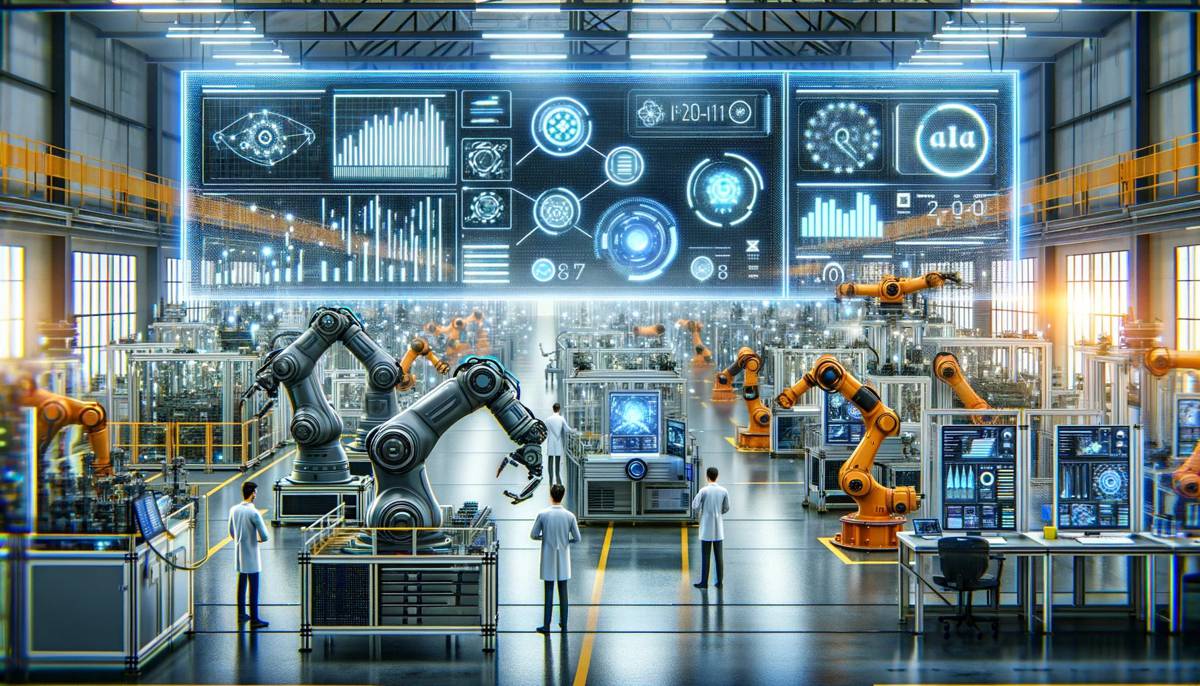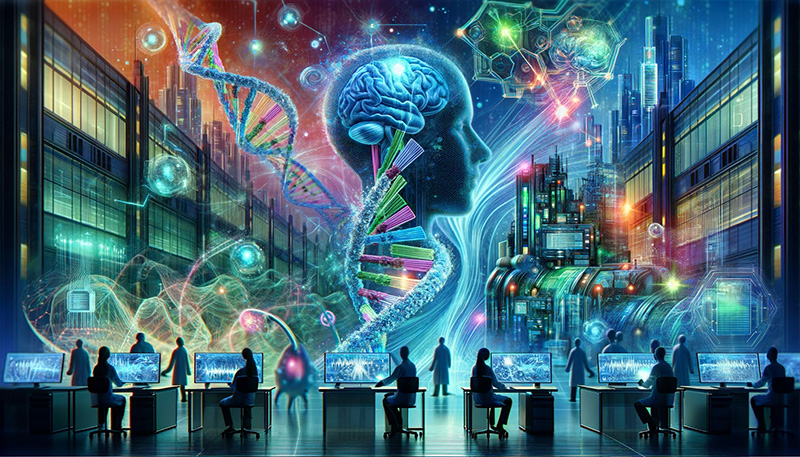In the field of quality assurance, the stroboscope for color misregistration plays a vital role. This tool is crucial for detecting and correcting color misregistration issues in various industries. Let’s explore how this tech-savvy device is transforming the way we approach quality control.

What is a Stroboscope?
A stroboscope is an instrument used to make a cyclically moving object appear to be slow-moving, or stationary. It works by emitting flashes of light at regular intervals. When synchronized with the motion of the object, it can freeze the object’s movement to the observer’s eye.
The Science Behind Stroboscopes
The science behind a stroboscope is based on the stroboscopic effect. This effect is created by matching the frequency of the flashing light to the frequency of the object’s movement. By doing so, the object appears stationary, allowing for precise inspection and measurement.
Understanding Color Misregistration
Color misregistration refers to the misalignment of colors in printed materials or on digital displays. It can result in blurred images, mismatched colors, and overall poor quality. For industries that rely heavily on accurate color reproduction, such as printing and textiles, solving this issue is paramount.
Effects of Color Misregistration
When color misregistration occurs, it can lead to significant quality issues. This includes customer dissatisfaction, increased waste, and higher production costs. Therefore, addressing this issue is critical for maintaining high standards of quality assurance.
How Stroboscopes Aid in Tackling Color Misregistration
A stroboscope is employed to detect color misregistration by freezing the movement of objects during production. This allows for the identification of misaligned colors and enables technicians to make adjustments in real-time, ensuring that the final product meets quality standards.
Benefits of Using Stroboscopes
The use of stroboscopes offers several benefits:
- Improved accuracy in detecting color misregistration.
- Real-time adjustments during production.
- Reduced waste and increased efficiency.
Applications of Stroboscope in Various Industries
Stroboscopes are not limited to one industry. They are used in a wide range of fields where precision and quality control are essential.
Printing Industry
In the printing industry, stroboscopes are used to ensure that colors are accurately aligned. This is crucial for maintaining the quality of printed materials, such as magazines, packaging, and advertising materials.
Textile Industry
The textile industry benefits from stroboscopes by ensuring that color patterns are perfectly aligned on fabrics. This is essential for producing high-quality textiles that meet consumer expectations.
Automotive Industry
In the automotive industry, stroboscopes are used to ensure that paint and coating applications are precise and consistent, thereby maintaining the aesthetic and functional quality of vehicles.
Implementing Stroboscopes in Quality Control
For successful implementation of stroboscopes in quality control, it is important to consider the following factors:
Choosing the Right Stroboscope
Selecting the appropriate stroboscope involves understanding the specific needs of your industry and the characteristics of the objects being examined.
Setting Up and Calibration
Proper setup and calibration of the stroboscope are essential for accurate results. Ensure that the device is synchronized with the object’s movement for optimal performance.
Future of Stroboscopes in Industry
The future of stroboscopes looks promising as technology continues to advance. With improvements in automation and digital integration, these devices will become even more effective in addressing color misregistration and other quality control challenges.
Innovations on the Horizon
Emerging technologies such as artificial intelligence and machine learning are expected to enhance the capabilities of stroboscopes, allowing for even greater precision and efficiency in quality assurance.
Conclusion
In conclusion, the stroboscope for color misregistration is an invaluable tool in the realm of quality assurance. Its ability to detect and correct misalignments in real-time makes it an essential component of modern production processes. As technology continues to evolve, we can expect even greater innovations in this field.

FAQs
What is the primary function of a stroboscope?
The primary function of a stroboscope is to make a moving object appear stationary by matching the frequency of its flashes to the object’s movement.
How does color misregistration affect quality?
Color misregistration can lead to blurred images, mismatched colors, and poor-quality products, impacting customer satisfaction and increasing production costs.
In which industries are stroboscopes most commonly used?
Stroboscopes are commonly used in industries such as printing, textiles, and automotive, where precise color alignment is crucial for maintaining quality standards.
For more detailed insights on how stroboscopes work, you can visit this external resource. Additionally, you can learn about timing verification and other related topics by exploring more in-depth articles.
This article contains affiliate links. We may earn a commission at no extra cost to you.
